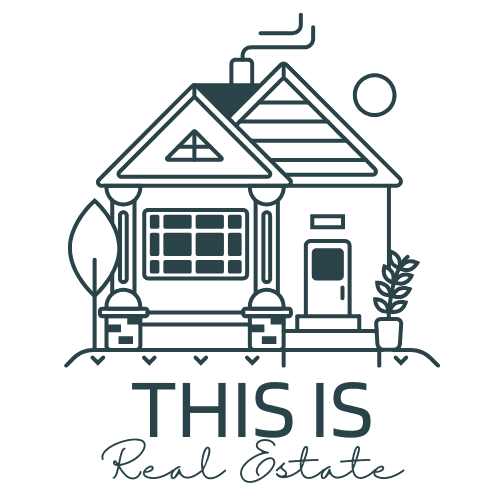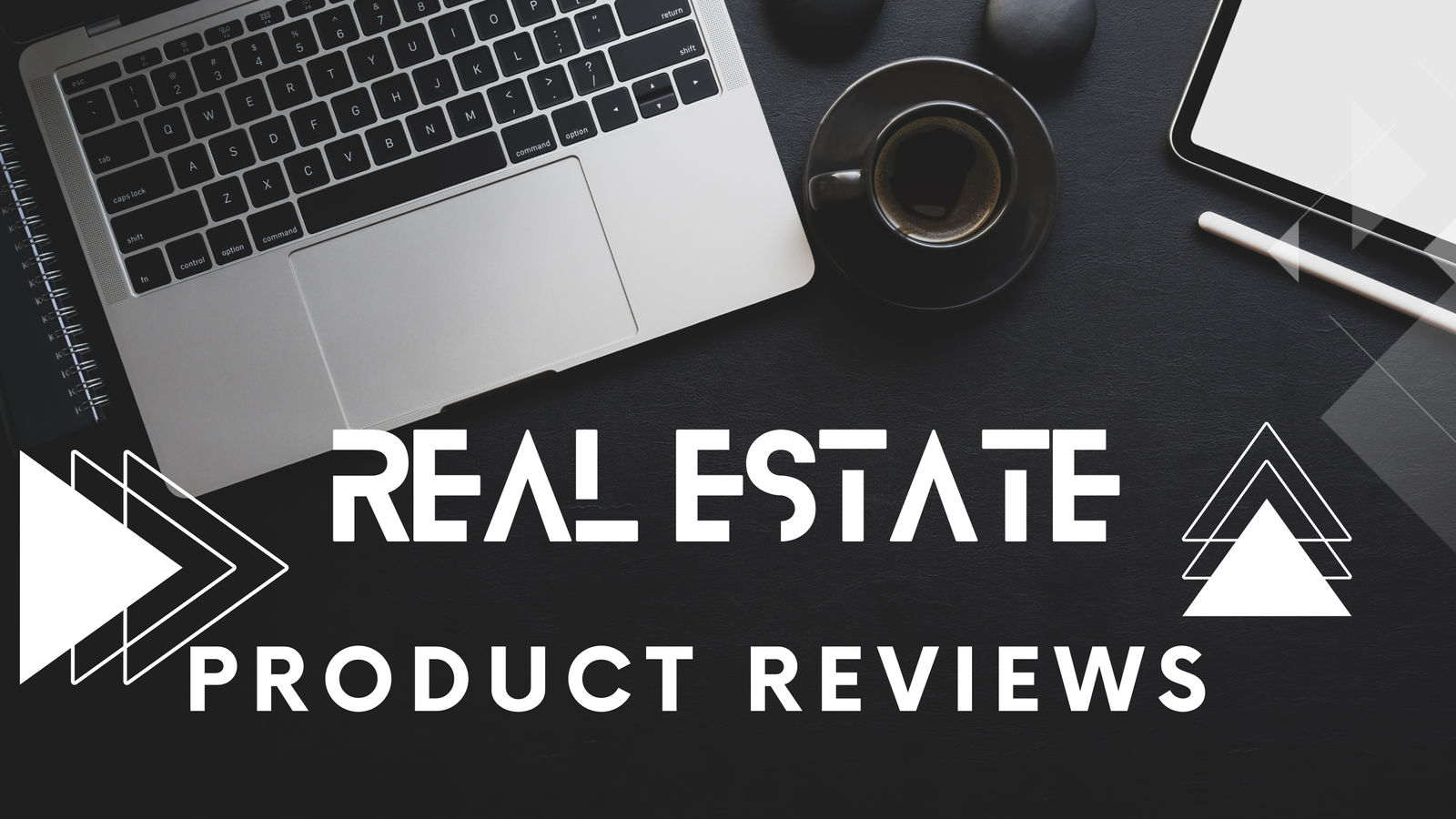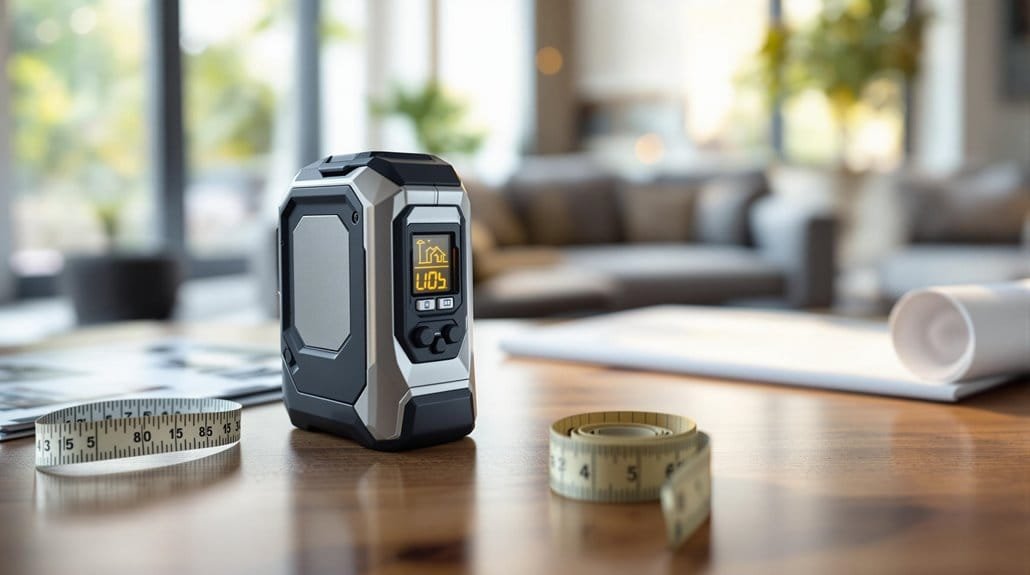To use email newsletters effectively and stay top of mind with your clients, consider personalizing your content by using details like client names and past purchases. Segment your audience based on demographics, geography, and behavior to tailor messages for higher relevance. Leverage automation tools for sending timely, behavior-triggered emails that resonate with client actions. Incorporate interactive elements, vibrant visuals, and clear calls-to-action (CTAs) to enhance engagement and maintain your clients’ interest. Keep refining your strategies by analyzing engagement metrics and feedback to guarantee your newsletters meet client needs and preferences. Explore further strategies to elevate your email impact.
Key Takeaways
- Personalize emails using subscriber names and past purchase data to build strong client connections.
- Segment audiences to deliver targeted and relevant content based on demographics and behaviors.
- Utilize automation tools to send timely, behavior-triggered emails that keep clients engaged.
- Craft compelling content with clear goals and mix of evergreen and timely topics to maintain reader interest.
- Analyze engagement metrics regularly to adjust strategies and optimize email performance.
Personalize Your Emails
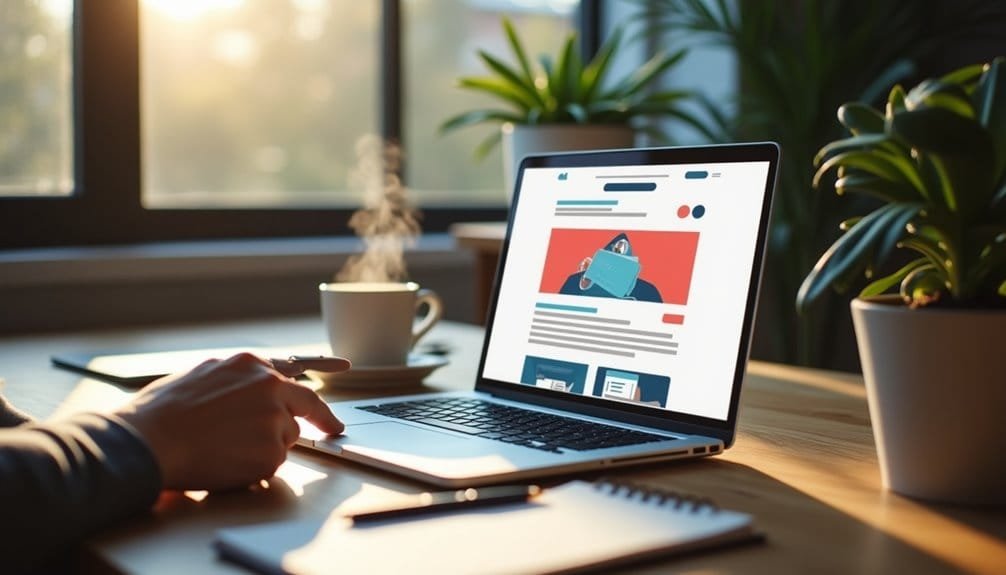
Personalizing your emails can greatly enhance engagement and build stronger connections with your clients. By tailoring messages to match subscriber interests and previous interactions, you guarantee that each communication feels uniquely relevant. Incorporate personal data like names, locations, or past purchases to create more engaging content. For instance, mentioning a client’s recent purchase or offering location-specific promotions can make your emails feel more directly connected to their interests and needs. Personalized emails can lead to 6x higher transaction rates compared to non-personalized ones, providing a significant boost to your marketing efforts. Additionally, utilizing tools like lead management solutions can streamline your email campaigns and improve overall effectiveness.
Integrating dynamic content, such as countdown timers or live shipment tracking, keeps your emails current and engaging. This approach not only updates information in real-time but also maintains your clients’ interest. A personalized approach that includes behavioral data for recommendations can significantly enhance the relevance of your communications, ensuring that your emails add value to the recipient’s experience. Behavior-triggered automation lets you send timely emails based on specific subscriber actions, like viewing products without purchasing. This strategy can gently nudge clients towards completing a purchase by reminding them of what they left behind.
Optimizing subject lines with personalized touches, like using the recipient’s name or referencing past behaviors, can dramatically increase open rates. Testing different subject lines through A/B testing helps refine these strategies, guaranteeing your emails consistently perform well. By implementing these techniques, your email newsletters will resonate more deeply, fostering stronger client relationships.
Segment Your Audience
While personalizing emails creates stronger connections, effectively segmenting your audience takes this strategy to the next level. By dividing your subscribers into specific groups, you can tailor your messages to better meet their needs and interests. This approach increases engagement and guarantees your content remains relevant and appreciated. Segmented campaigns often result in higher open rates, as subscribers receive content that is more aligned with their interests and preferences.
Consider these segmentation types:
- Demographic Segmentation: Group subscribers based on traits like age, gender, or income. This method helps you craft emails that resonate with specific demographics, aligning your content with their preferences and needs.
- Geographic Segmentation: Target subscribers by location. If your business caters to regional markets or offers location-specific promotions, geographic segmentation allows you to deliver content that speaks directly to local interests, such as event invitations or weather-specific promotions. By segmenting based on subscriber location, you can also tailor emails about regional events and promotions to create more localized and engaging content.
- Psychographic Segmentation: Focus on subscribers’ interests, values, and lifestyles. By understanding what your audience cares about, you can deliver messages that align with their personalities and values, enhancing your relationship and brand loyalty.
Each of these segmentation strategies allows you to create more personalized, impactful emails. By understanding the unique characteristics and preferences of your audience, you maintain a strong presence in their inboxes, guaranteeing your brand stays top of mind.
Utilize Behavioral Data
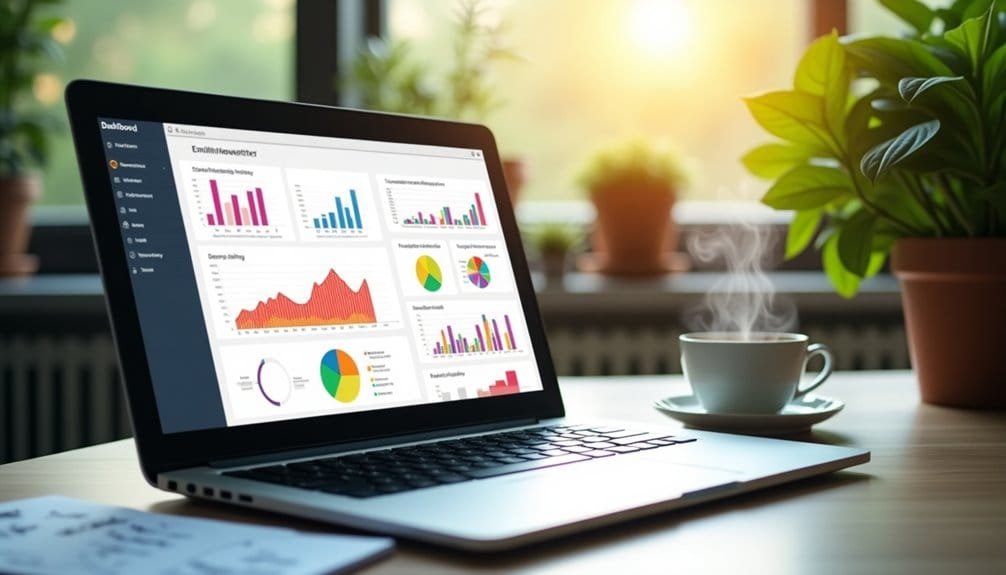
To effectively leverage email newsletters, it’s essential to utilize behavioral data, which allows you to tailor your content based on actual subscriber actions and preferences. Start by analyzing email engagement metrics, such as open and click-through rates, to understand what resonates with your audience. If you notice low open rates, consider adjusting your subject lines or sending times. Monitoring click-through rates helps you identify which types of content are most engaging, allowing you to craft emails that better capture interest. Pay attention to unsubscribe and bounce rates, as they can indicate issues with content relevance or email deliverability.
In addition to email metrics, leverage website interaction data to refine your newsletter strategy. Track page visits, shopping cart abandonment, and search queries to offer personalized content and suggestions. If a subscriber frequently visits a specific product page, consider featuring it in your next email with a special offer. Use purchase behavior insights to recommend complementary products to past buyers and identify cross-selling opportunities. Companies with strong personalization strategies see 40% higher revenue, emphasizing the importance of tailoring your approach based on collected data. Long-term relationships with subscribers lead to greater lifetime value, highlighting the significance of retaining subscribers through personalized content. Triggered retention emails, such as post-purchase follow-ups and milestone celebrations, can further enhance personalization and keep your brand top of mind. By effectively utilizing behavioral data, you create more relevant and engaging newsletters that foster stronger client relationships.
Optimize Engagement Techniques
With the ever-evolving digital landscape, mastering engagement techniques in email newsletters is key to capturing and maintaining your audience’s attention. Begin by crafting engaging subject lines, as this is where the reader’s journey starts. Use personalized and concise language to boost open rates, making certain to incorporate a sense of urgency to prompt immediate action. Experiment with different subject lines to discover what resonates best with your audience.
Segmentation and personalization are essential. By segmenting your email lists into specific groups based on factors like age, gender, or location, you can tailor messages to meet each segment’s interests. Personalizing content with dynamic visuals and addressing subscribers by name strengthens your connection and increases engagement. Utilizing first-party data helps you send targeted emails that reflect each subscriber’s preferences and past behavior. Higher engagement rates often lead to increased conversion and retention, making it a crucial aspect of your email strategy. List segmentation enhances relevance and increases click rates, ensuring your messages resonate with the right audience. Additionally, leveraging insights from data-driven insights can help refine your approach and improve overall effectiveness.
Don’t overlook the power of interactive elements to keep readers engaged. Incorporate quizzes, polls, or engaging visuals to make your emails more dynamic. Make certain your call to action (CTA) is compelling and easy to spot, using vibrant colors and clear language. Remove unnecessary distractions to focus your audience’s attention on the most important message.
Leverage Automation Tools
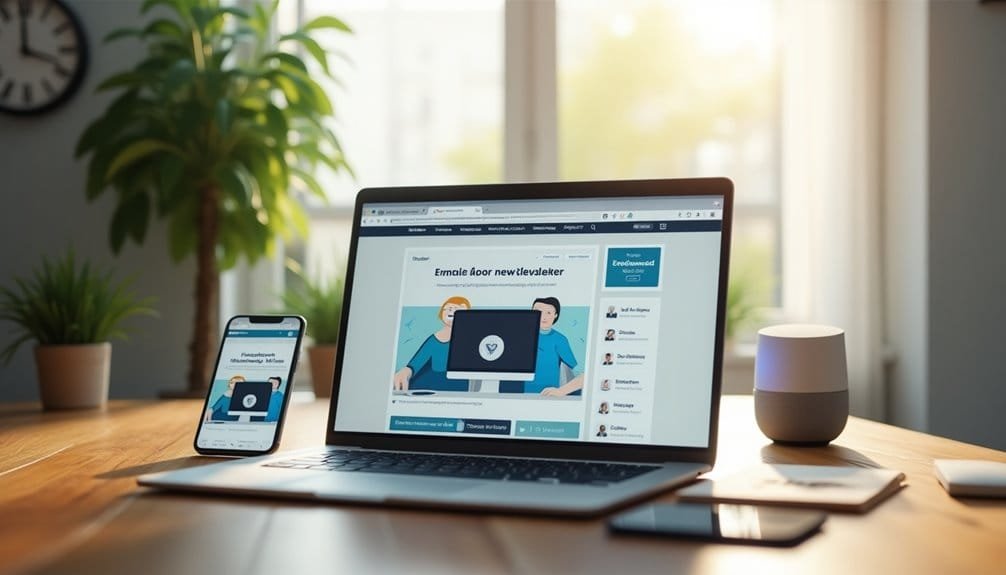
After optimizing your engagement techniques, it’s time to harness the power of automation tools to streamline your email marketing efforts. Selecting the right tool can make all the difference. For basic automations, consider Benchmark, which offers an intuitive interface. MailerLite, with its generous free plan, is perfect for small to medium businesses. If you’re eyeing advanced marketing automation, Brevo stands out, especially with its free plan. While Mailchimp offers extensive integrations, it comes at a higher cost. ActiveCampaign, with its built-in CRM, is ideal for those pursuing advanced strategies. Businesses using automation generate twice as many leads compared to those without, highlighting the transformative impact of these tools. Additionally, these tools offer detailed reporting and analytics that support data-driven decision-making.
Email newsletters serve as bulk communications from brands to subscribers, providing an effective way to share news, promotions, and product features. Automating your email campaigns can save significant time and resources. Tools like AWeber provide pre-built workflows for triggers like new blog posts, while Omnisend integrates email, SMS, and push notifications seamlessly, especially for e-commerce platforms. ConvertKit excels in targeted autoresponders, and GetResponse offers multi-channel capabilities for thorough marketing.
Customization and scaling are essential, too. Brevo includes AI-powered subject line generators, and ActiveCampaign offers detailed segmentation for personalized campaigns. Integration is seamless with tools like Mailchimp, which connects with numerous apps, and Brevo, which offers one-click integrations with platforms like WordPress and Shopify.
Build Customer Loyalty
Why should you focus on building customer loyalty through email newsletters? Loyal customers are more likely to repeat purchases, promote your brand, and engage with your content. Email newsletters offer a unique opportunity to nurture these relationships by delivering personalized and relevant content directly to your client’s inbox.
To build customer loyalty effectively, consider these strategies:
- Segment and Personalize: Tailor your newsletters by segmenting your audience based on criteria like age, location, and purchase history. Personalize each email by including the recipient’s name and adapting content to their needs and behaviors. This guarantees your message resonates and feels valuable to them.
- Design Engaging and Interactive Newsletters: Utilize clear, structured designs with key information at the top. Incorporate graphics, interactive elements like surveys or polls, and dynamic content such as live social media feeds to capture attention and encourage interaction.
- Communicate Transparency and Value: Foster trust by providing honest updates, sharing behind-the-scenes insights, and addressing issues promptly. Highlight exclusive offers and rewards to make customers feel valued and appreciated.
Craft Compelling Content

Creating compelling content for your email newsletters is essential to capturing your audience’s attention and driving engagement. Start by defining clear goals, such as boosting open rates or increasing website visits. Understand your audience by creating personas that reflect their demographics, preferences, and pain points. Leverage analytics to gain insights into their behavior and preferences, and don’t shy away from analyzing competitors’ newsletters to spot gaps and successful strategies. Engaging directly with your audience can also provide invaluable feedback.
Curate content that resonates with your audience by addressing their pain points and offering actionable solutions. Use case studies to highlight successful customer experiences, showcasing your product or service’s effectiveness. Balance content types by mixing evergreen content with timely topics, ensuring your newsletter remains relevant. Integrate educational content to offer value and tailor information to specific audience segments and stages in the buyer’s journey.
Design your newsletters effectively by optimizing email structure with clear layouts and compelling subject lines. Use engaging preheaders and visual elements to enhance readability. Limit call-to-actions to keep them concise and engaging, reinforcing your newsletter’s impact.
- Prepare for Loan Maturities and Refinancing Waves as a Real Estate AgentIn mastering loan maturities and refinancing waves, uncover strategies every real estate agent needs to empower clients during pivotal financial transitions.
Enhance Customer Support
Elevate your customer support by transforming your email newsletters into a personalized communication channel. By segmenting your email lists based on behavior or demographic data, you can deliver content that truly resonates with your customers. Personalization tools from email service providers allow you to tailor content to specific interests, preferences, and purchase history, which increases engagement and fosters loyalty. This targeted approach enhances the customer experience, making your communications more relevant and appreciated.
Timely communication is key. Establish a consistent schedule for sending newsletters, building anticipation and routine. Automation helps maintain this reliability, ensuring your brand remains top-of-mind. Choose prime sending times to maximize engagement, nurturing a continuous relationship with your customers.
Encouraging feedback through clear calls-to-action in your newsletters demonstrates your commitment to customer satisfaction. This feedback helps identify areas for improvement, fostering a sense of community and engagement. Here are ways to enhance support through newsletters:
- Segmentation for Personalization: Tailor content to individual customer profiles.
- Consistent Scheduling: Maintain regular communication with automation.
- Encouraging Feedback: Use surveys to gather valuable insights.
Through these strategies, your newsletters become an essential tool for superior customer support.
Analyze and Adjust Strategies

Building on your enhanced customer support through newsletters, it’s important to regularly analyze and adjust your strategies for ideal results. Start by understanding customer behavior. Use data analytics to track email performance and engagement. Segment your customer base based on behavior, preferences, or demographics, allowing you to tailor messages effectively. Conduct surveys to gather feedback, revealing customer needs and loyalty motivations. Visualize experiences with customer journey maps, then utilize email marketing tools to optimize retention strategies.
Incorporating personalized content is key. Use customers’ names, reference past purchases, and tailor your messages to their interests. Offer personalized recommendations and automate emails based on specific actions, such as birthdays or anniversaries. A ladder of rewards can incentivize long-term loyalty, while valuable content enhances the customer experience.
Now, let’s look at a quick reference table:
| Strategy Area | Action Steps |
|---|---|
| Understand Customer Behavior | Segment, survey, create journey maps |
| Personalize Email Content | Use names, past purchases, and automate messages |
| Optimize Timing & Frequency | Adjust frequency, use strategic timing, and triggers |
Recent Posts

What Does Redfin Offer Agents

Building a Real Estate Business Plan That Actually Works in 2025
Frequently Asked Questions
How Often Should I Send Email Newsletters to Clients?
You should determine newsletter frequency by considering business goals, subscriber preferences, and content relevance. Generally, aim for monthly or quarterly newsletters for broad industries, weekly for education or promotions, and daily for highly engaged audiences. Consistency is essential, so don’t overwhelm subscribers with too frequent emails. Use metrics like open rates and surveys to test effectiveness, and tailor your approach based on audience segments to optimize engagement and maintain interest.
What Are the Best Practices for Designing Email Newsletter Templates?
Designing effective email newsletter templates involves clear structure and personalization. Start with a consistent branded banner for recognition, and use concise section titles to guide readers. Personalize your newsletters with merge tags and branded logos to enhance engagement. Guarantee readability with short, informative subject lines and optimize for mobile devices. Keep content valuable and relevant by segmenting your audience, and include a single, clear call-to-action to drive desired outcomes.
How Can I Determine the Optimal Time to Send Newsletters?
To determine the ideal time to send newsletters, analyze your audience’s behavior and time zones. Use A/B testing to compare different send times and see which yields higher open rates. Consider mobile and desktop usage; mobile users may be more active in the evening, while desktop users engage more mid-week, mid-day. Regularly review your email statistics to identify patterns, and continuously refine your strategy for maximum engagement and effectiveness.
What Legal Considerations Should I Keep in Mind for Email Newsletters?
When crafting email newsletters, you must comply with GDPR and CAN-SPAM regulations. Ascertain you have explicit consent from recipients under GDPR, while CAN-SPAM requires an easy opt-out option. Always include a clear unsubscribe link. Clearly identify the sender, provide accurate subject lines, and avoid false advertising. Non-compliance risks hefty fines and damages your reputation. Prioritize respecting users’ privacy, maintaining clear records of consent, and ensuring transparency in your communications.
How Do I Measure the Success of My Email Newsletter Campaigns?
To measure your email newsletter’s success, focus on key metrics. Track open rates to see how compelling your subject lines are, and monitor click-through rates to gauge content engagement. Analyze conversion rates to determine how well your emails drive desired actions. Assess list growth and delivery rates for reach and reliability. Finally, evaluate unsubscribe and spam complaint rates, ensuring your content remains relevant and welcomed by your audience.
Bottom Line
In the dynamic world of client communication, email newsletters are your bridge to staying top of mind. By personalizing content, segmenting your audience, and leveraging automation, you not only enhance engagement but also build lasting loyalty. Remember, a well-crafted email is like a handshake—a simple gesture that can leave a lasting impression. Analyze your strategies continually, adjusting as needed, to guarantee your newsletters remain relevant and impactful, keeping your clients both informed and connected.
